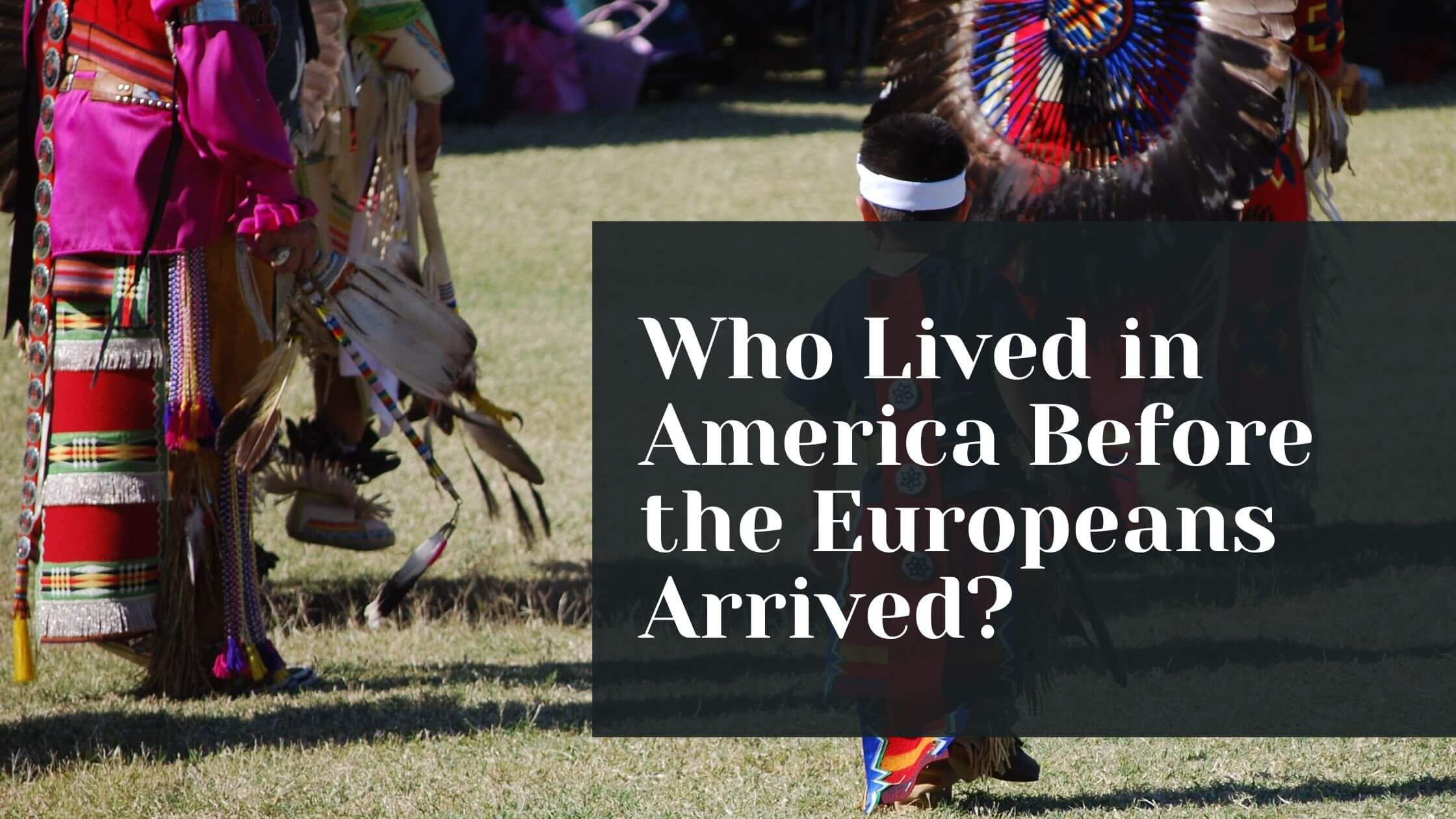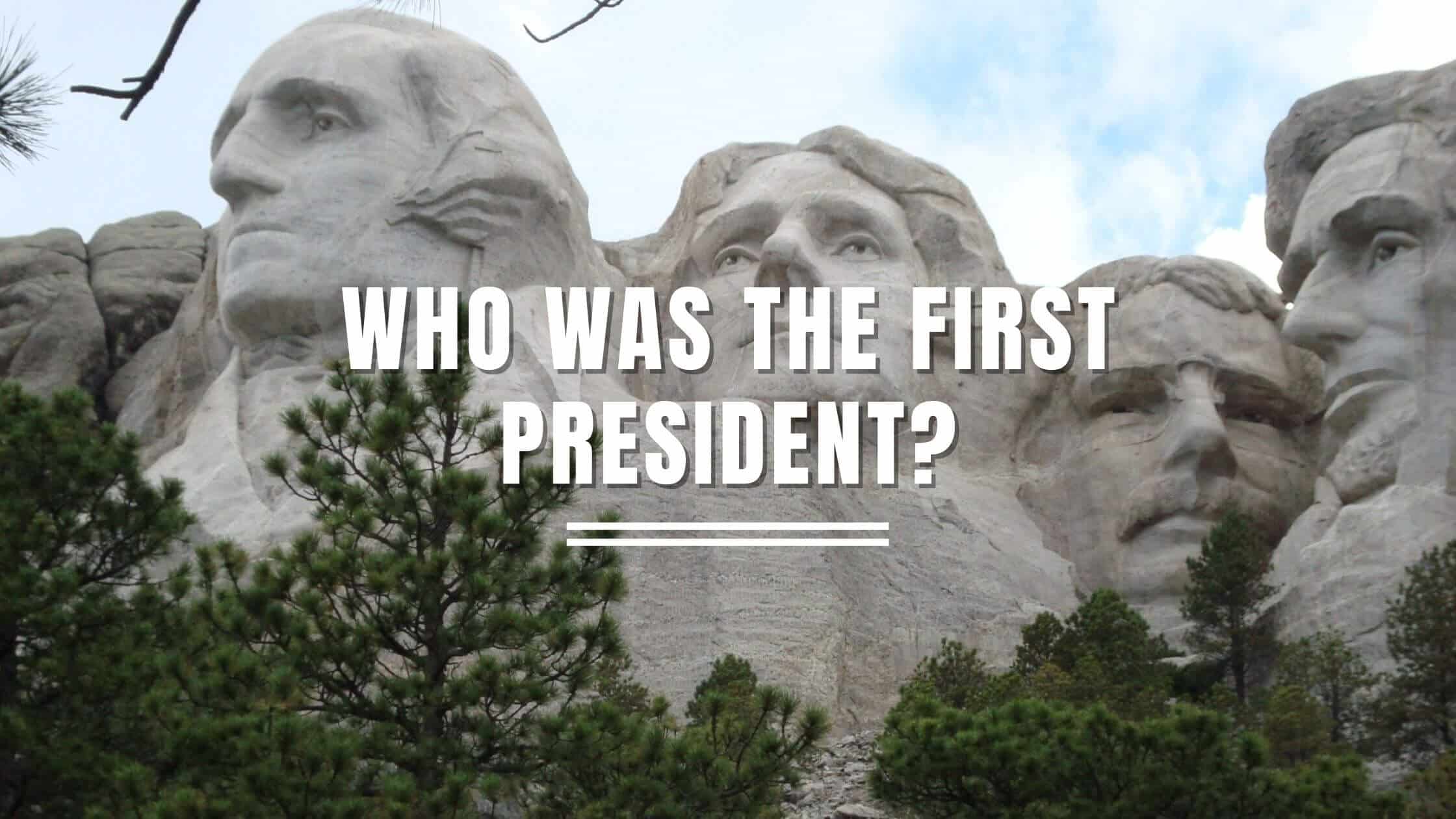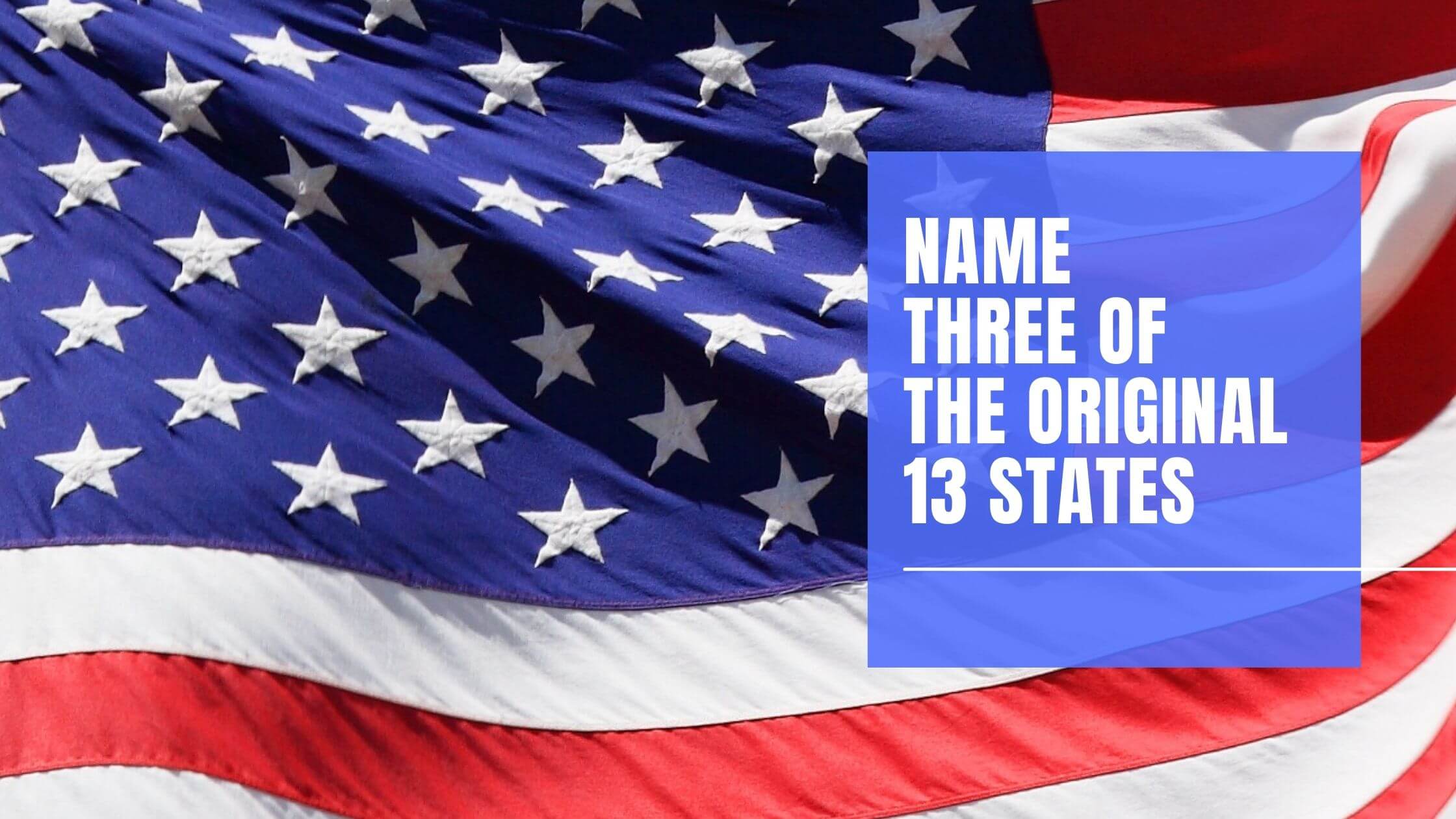Table of Contents
ToggleTo pass the US citizenship test, you will have to answer 10 of a possible 100 questions. The following question is from the USCIS test.
Who lived in America before the Europeans arrived?
Acceptable Answers:
- American Indians
- Native Americans
The following is a full explanation of the USCIS question:
The wording for these answers is already questionable, and this is something to consider when preparing an answer. It is also a very simple answer with so many different tribes and communities across North America.
The relationship between the European settlers and the Native American tribes has never been easy. As the United States expanded its territory, natives lost theirs and often countless lives. To better appreciate the plight of the indigenous people of America, we have to start from the beginning and look at where things stand in the present day.
The Language Surrounding the Indigenous Inhabitants of America
Going back to the wording in the guidance for this question, two terms are mentioned. One is Native Americans, which is a more accepted term to describe those who lived here first. Some will also refer to themselves as indigenous people, which is used in other countries. Or, you may see the phrase First Nations people, which simply means the first people of that nation.
The term American Indian is old-fashioned and not always accepted by the Native American population. For a start, they do not have any affiliation with India. The “cowboys and Indians” traditions in games and film play on outdated stereotypes.
This also leads to some questionable depictions of natives and their culture in modern America. The Washington Commanders football team recently changed its name from the offensive term redskin, although there has been some backlash. Meanwhile, young members of native communities work to educate people on their culture, language, and the problems of cultural appropriation.
The Discovery of America
American history understandably focuses on the country’s origins and where it all began for those that call themselves Americans. Much emphasis is placed on two key points in American history – the point where the European settlers came to the New World and founded their first colonies and the point where the United States gained independence as its own free nation. Beyond that, there are celebrations for those that came before and “discovered” America.
Christopher Columbus and Columbus Day
There has been a push to better recognize indigenous people, their Native American ancestry and place in history, and their contribution to American culture in more recent years. For example, the once widely-celebrated Columbus Day federal holiday is now a day in celebration of Native Americans in many states and cities.
That is because Columbus didn’t simply reach America in 1492. His actions would lead to the deaths and exploitation of natives already on the continent. From there, the Spanish Empire could grow across North America into Mexico and what is now the southwest of the United States.
The Pilgrims and the Wampanoags
One of the most significant aspects of colonial and native history where the two met was around the time of the Mayflower crossing and the settlement at Plymouth Rock, Massachusetts. Although not the first settlement by Europeans on the coast, it was one of the most successful and led to the mythology around Thanksgiving.
The simplified story was that the Pilgrims met the natives in Massachusetts, learned from them, helping them in return, and formed a strong alliance. The reality is that there were great tensions between European explorers and natives from the beginning. This is clear not just from the battles fought and the ongoing exploitation of the native populations but from the language of the time. American literature often refers to the “noble savage” as the wild barbarian that shows unexpected kindness and intelligence to work alongside the white man.
The tribe that met with the Pilgrims in Massachusetts was the Wampanoags. Today, their descendants are encouraged to tell their side of the story and have done so in Mayflower anniversary celebrations. They were far from being the only community of natives in America, as there were tribes right across the continent.
Acquiring Territories From Indigenous People
Over the centuries, battles between natives and settlers raged on, and those with a claim to the land as First Nations people ended up signing treaties and moving to smaller reservations. The fatalities were considerable when the natives fought back, such as at Wounded Knee.
Research shows that those indigenous to the Americas have lost 98.9% of their historical lands or 93.9% of the total geographic area once occupied. Today, reservation lands may be far removed from those regions once occupied by their ancestors.
Acquiring Land From Other Nations
It is also important to remember that when the British landed on the east coast, there was a whole unexplored landmass to the west and south under other countries’ ownership. The United States as a free country began as a series of 13 states. Outside of their new boundaries were territories owned by France and Spain and all those already occupied by the native people.
Eventually, independent America would stretch out further, purchasing land, building territories, and later adding more and more states into the Union. This would result in acquiring land from Mexico to create a railroad between the Californian territory in the west and the established states in the east. The Mexican Cession of 1848 resulted in the nation losing 55% of its land, including areas now part of states as far north as Colorado and Utah.

Get Smarter on US News, History, and the Constitution
Join the thousands of fellow patriots who rely on our 5-minute newsletter to stay informed on the key events and trends that shaped our nation's past and continue to shape its present.
The Importance of Native Americans
The landmass of the current United States has seen many occupants and owners since the European settlement. So much of what comprises American states now wasn’t originally owned by Americans. But, before all of the land purchases and divisions between the English, French, and Spanish, there was a native population. Although populations have declined and tribes have been relocated to reservations, they are still a vital part of American culture and history.











